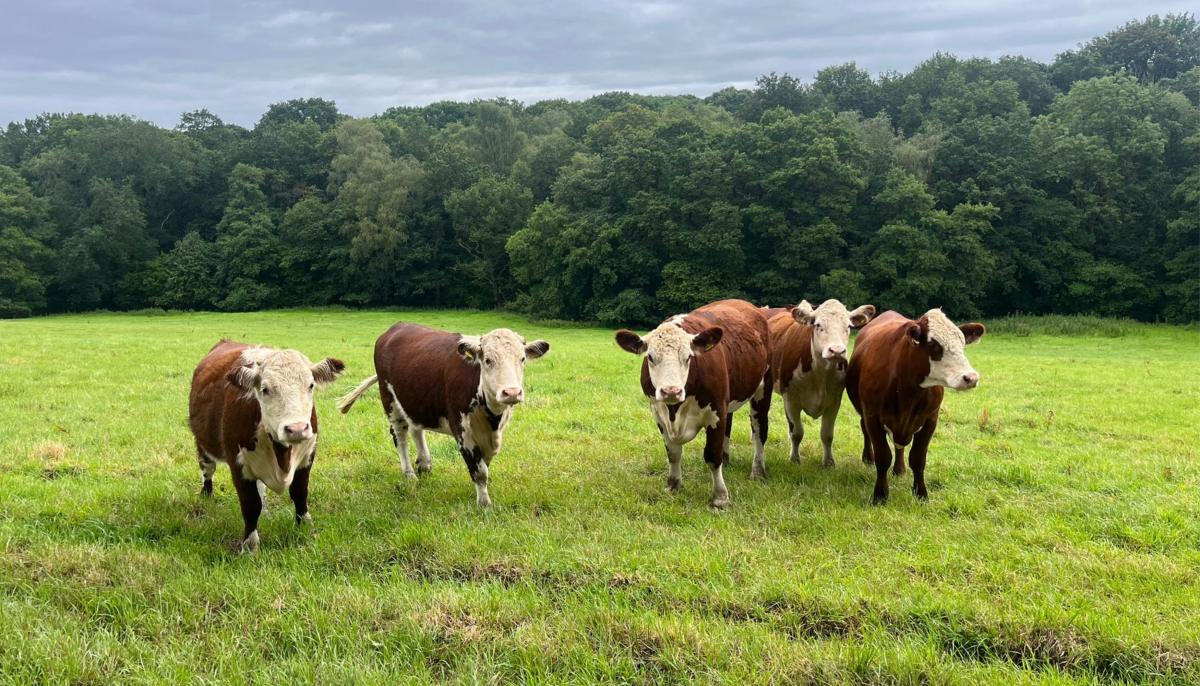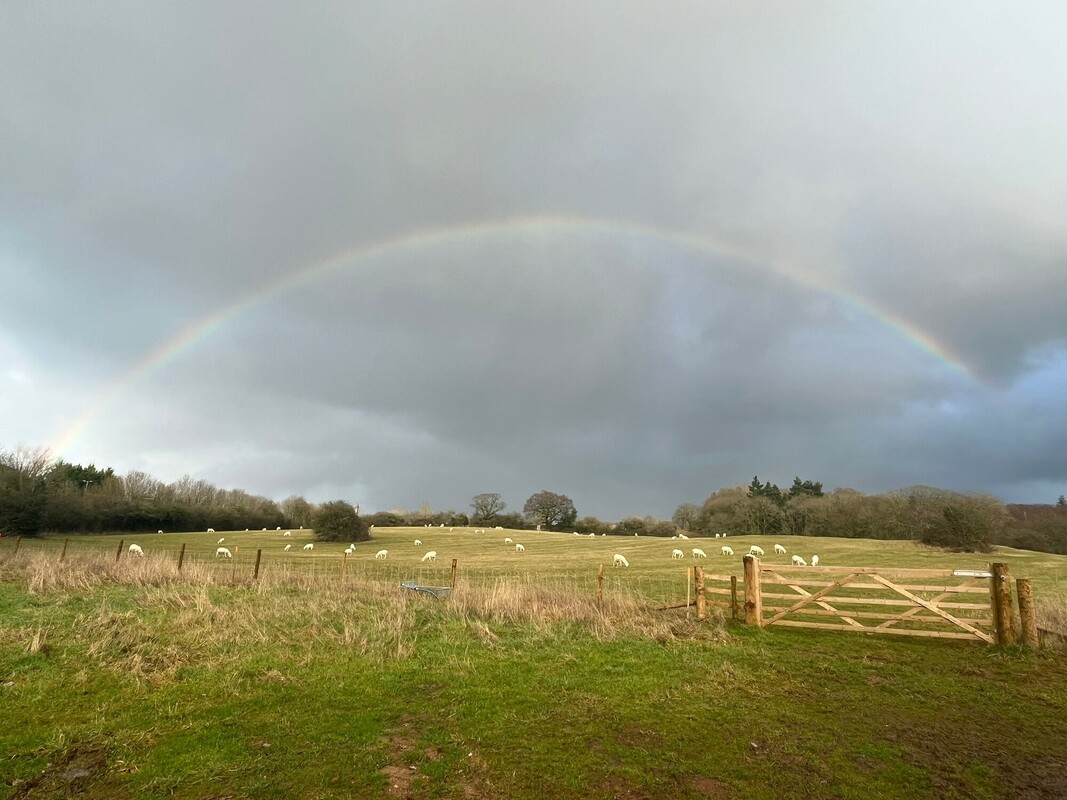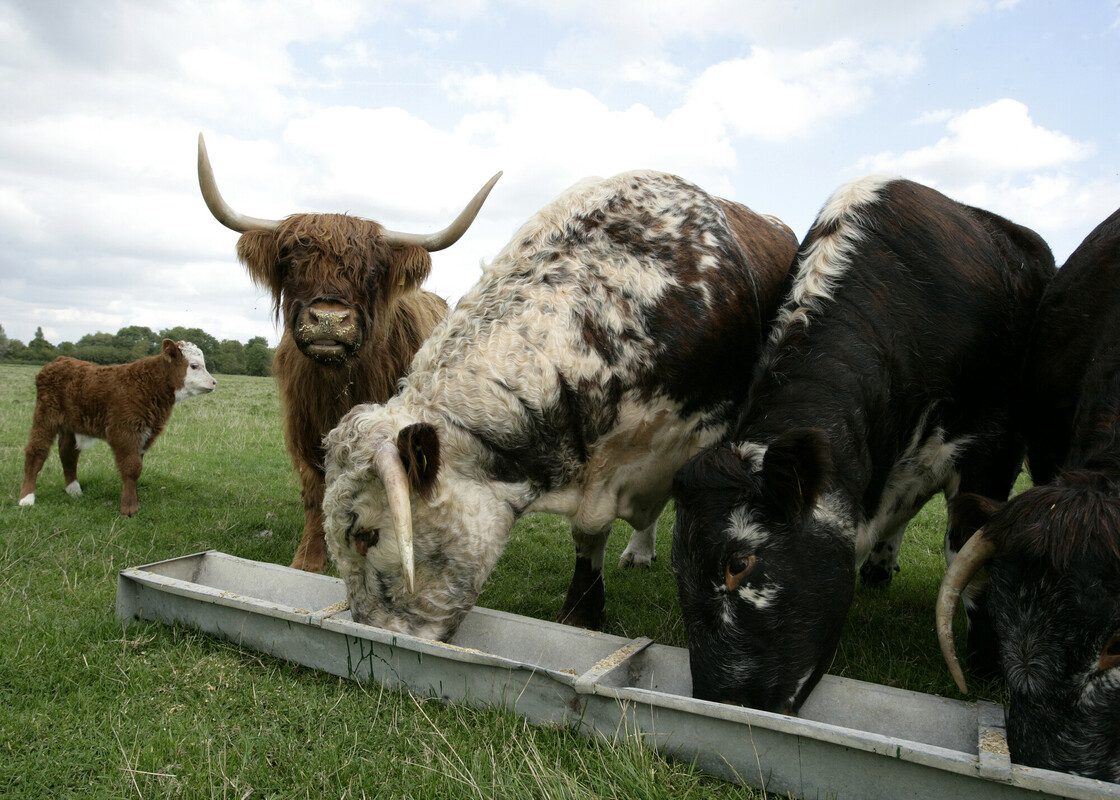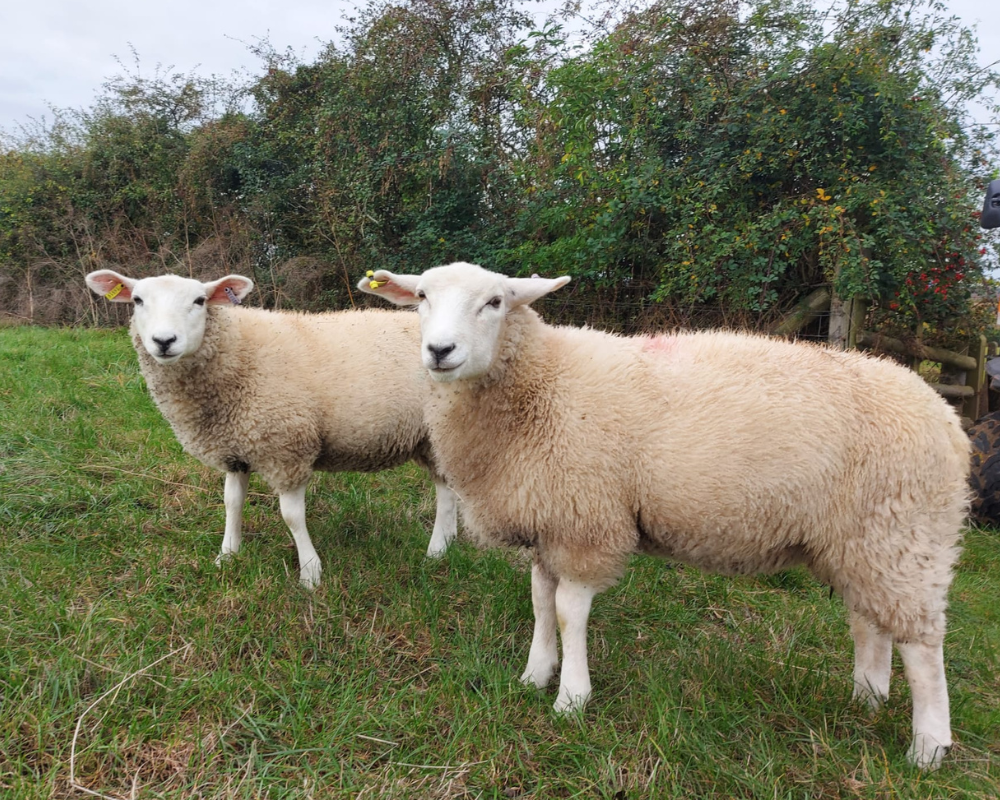
Mob Grazing in the Forest
Until relatively recently, Britain was home to large herds of free roaming herbivores, everything from horses, aurochs (the precursor to modern cattle) to bison, and further back in time there is even evidence of elephant and hippo!
Our British habitats and vegetation co-evolved with large mammals, usually bigger than humans (mega-fauna) and complex ecosystems, developed against the backdrop of intense herbivore versus plant competition. This competition ensured a healthy balance of wooded areas, vibrant grasslands, and large scrubby areas ideal for what we now describe as farmland birds. Large animals such as horses and bison also behaved in a way that kept ponds and wetlands open and allowed the landscape to slowly change over time, ensuring that no ecosystems became stagnant and devoid of life.
Today, these large animals are missing from many of our landscapes, and try as we might, we humans and our actions are a poor substitute for natural animal behaviours.
What is mob grazing?
At the Heart of England Forest, we are working with proxies of these lost animals to install mob and conservation grazing regimes that will reignite the relationship between flora and herbivores, to reinvigorate our ecosystems as well as show that conservation and farming can work hand in hand.
Mob grazing is simply the act of allowing a herd of grazing animals, in our case sheep and cattle, onto an area of land for a short period of time before moving them on, simulating the movement and behaviour of a herd of herbivores in the wild.
During the brief window of time the animals have access to a piece of land, they scoff as much as they can, trample areas of ground, expose bare earth, and leave their droppings behind.

Benefits to the environment
The frenetic grazing of the animals over a short period of time ensures that dominant vegetation, such as grasses, are hit harder than less dominant species. This creates space for a more diverse mix of species to inhabit an area and a richer ecosystem develops.
Another side effect of this style of grazing is that not all areas are grazed to the same length. Some areas will be grazed short, others left long. This creates niches within the landscape for different animals to live. Shorter areas may attract sun loving creatures like reptiles, whilst longer areas provide hiding spaces for small mammals like voles and areas for insects to set-up home.
The herd will trample the area in which they graze and break up the thatch that can develop in neglected meadows. This thatch can prevent seeds of flowering plants from reaching the soil and cause some species to die out. Breaking up the thatch exposes bare earth, and then trampling ensures the plant seed has a chance to reach the soil. The trampling also ensures that the seed is pushed into the earth where it can germinate. This disturbance is crucial to the longevity and resilience of any landscape.
The poo left behind by herds of animals is an often overlooked, but pivotal aspect of mob grazing. Large animals carry the seeds of many different plants in their guts, and by moving them from field to field allow these seeds to be carried through a landscape to be deposited in areas far and wide. Added to this, dung forms a key link in food chains. Many species of insect feed on the dung, and species like the dung beetle will pull some of this deep underground where it will decompose and enrich the soil. Some of our most showy invertebrates like the purple emperor butterfly will actively seek out dung to feed on.
What animals are used and why?
We consider the type of livestock that would suit the habitat, as different livestock eat, behave, and have different impacts on the land. For example, a sheep only has four front teeth on the bottom of their jaw. They have no top front teeth, but have a “dental pad”, which is a flat thickened tissue at the top of their mouth, which helps them to act as lawn mowers to cut the grass short (at around 3-5cm).
Cattle have long sharp tongues that they use to pull the grass up with, so they create a more varied sward height in the grassland (around 5-15cm). Pigs use their snouts to uproot soil and vegetation, and their rooting behaviour is beneficial for controlling weeds and invasive species. They have also been known to eat fungi and invertebrates and will break up dense bracken leaving bare earth where seeds are able to germinate.

Here at the Heart of England Forest we have our own livestock, as well as working with local farmers to complete our conservation grazing goals. We have flocks of Hebridean and Jacob sheep, which have been chosen as our conservation grazing breeds due to their hardiness. They are browsers rather than grazers, so are great for controlling scrub which can out-compete less dominant wildflowers.
We also have native longhorn cattle. Their weight can create areas of “poaching” - the bare ground created by their hooves - which helps with germinating seeds, as well as creating a microhabitat for invertebrates to utilise for basking and feeding. This has a domino effect on other animals such as birds, which will come to feed on the invertebrates. Some species also use these poached areas to nest, including particular breeding waders like curlew and snipe.
One of our wetland projects here in the Heart of England Forest is using a local farmer’s longhorn cattle to help bring back breeding curlews and lapwings, which used to be found breeding onsite many years ago but were lost due to the site being used intensively for agriculture. We have created a number of ponds and the cattle are being used as management tools. They naturally use the ponds for drinking water, their weight creates muddy margins alongside the ponds that will be beneficial for invertebrates for basking and feeding, which in turn benefits breeding curlews, lapwings and snipe as they will use these newly formed muddy margins as feeding grounds for their young.

Before vs after
An exciting project is due to begin this year at our Lenches site, which has not been grazed for many years. Being a calcareous grassland, if left unmanaged this grassland will scrub over and eventually become woodland. However, these ecosystems are home to a diverse array of species, many of which are unique to these grasslands. Calcareous grasslands also play a vital role in carbon sequestration, and are important habitats in their own right.
This year we are using native cattle to graze this site to help manage the scrub and grassland, improving the quality of habitat, which will in time yield greater diversity. Stay tuned to keep up to date with this project over the coming years to see the difference cattle will make!

Will we see large animals in the Forest in the future?
We plan to expand our mob grazing in the Heart of England Forest and we should reap its undoubted benefits over many years. As well as providing habitats and opportunities for nature, having these large animals in our wild spaces and allowing them to express their natural behaviours adds a real sense of wildness, that can be sadly lacking from many of our landscapes.
Support our work
Your support as a Friend of the Forest for a recommended minimum donation of just £5 a month, our Friends are kept up to date about how their support is helping to create and conserve a huge forest, protected and secured for generations to come.



